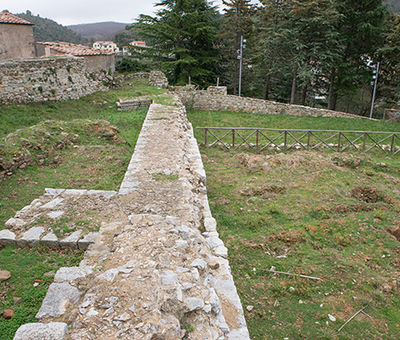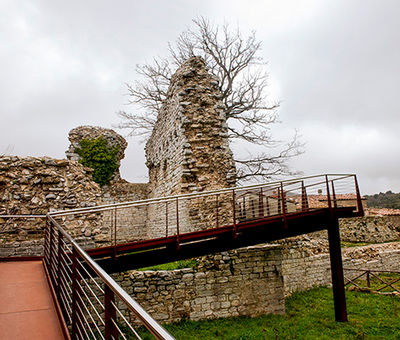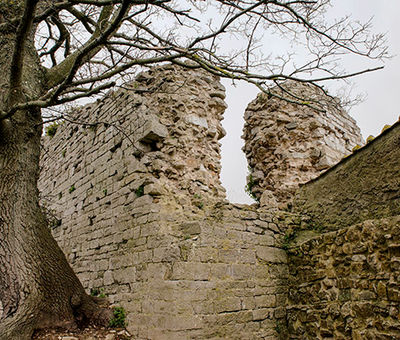The beginning
The documented presence in Monterotondo Marittimo, despite seeming to have a much more remote history, dates back only to 1128. A few years later, in 1163, Frederick Barbarossa, by a grant deed, entrusted the castle that stood above the settlement to the Alberti di Mangona, but their control soon fell apart by the siege of the Massa army, which destroyed most of the town.
The battles for possession
However, from the ashes of the destruction, the settlement was reborn, embracing the ancient keep of the castle in its new urban development. Despite the passing years, the fate of the Castle continued to be tinged with turbulent events. The battles for possession, both licit and illicit, marked the path of Alberti’s heirs. It was only in 1263 that the Castle of Monterotondo came under the rule of the free commune of Massa Marittima, following its fate until 1335, when it fell under the control of the Republic of Siena.
The decline
It is during this period that the last effort to strengthen defenses dates back to, in 1399, with the renovation of fortifications, including the Fortress of the Alberti. However, in 1554, during the war against Siena, the Medici troops, allied with Spain and Austria, reduced, once again, Monterotondo to ruins. Famines and epidemics then plagued the town, leading it to a rapid demographic decline, so that by 1615, the Fortress and walls were already in ruins, witnesses of a glorious past that had faded.
The traces of the past
Of the imposing structures of the Alberti Fortress few traces remain today, faint signs of a glorious past. Masterfully constructed using carefully aligned stone ashlars, the Fortress stood majestically at the highest part of the hill, including the Keep with within it the stately palace, a watchtower, a cistern for the water and a series of minor buildings, surrounded by a walled enclosure that protected the inhabitants. The ruins, although recently
consolidated, blend harmoniously into the landscape of the public park, silent witnesses of a thousand-year-old history.







